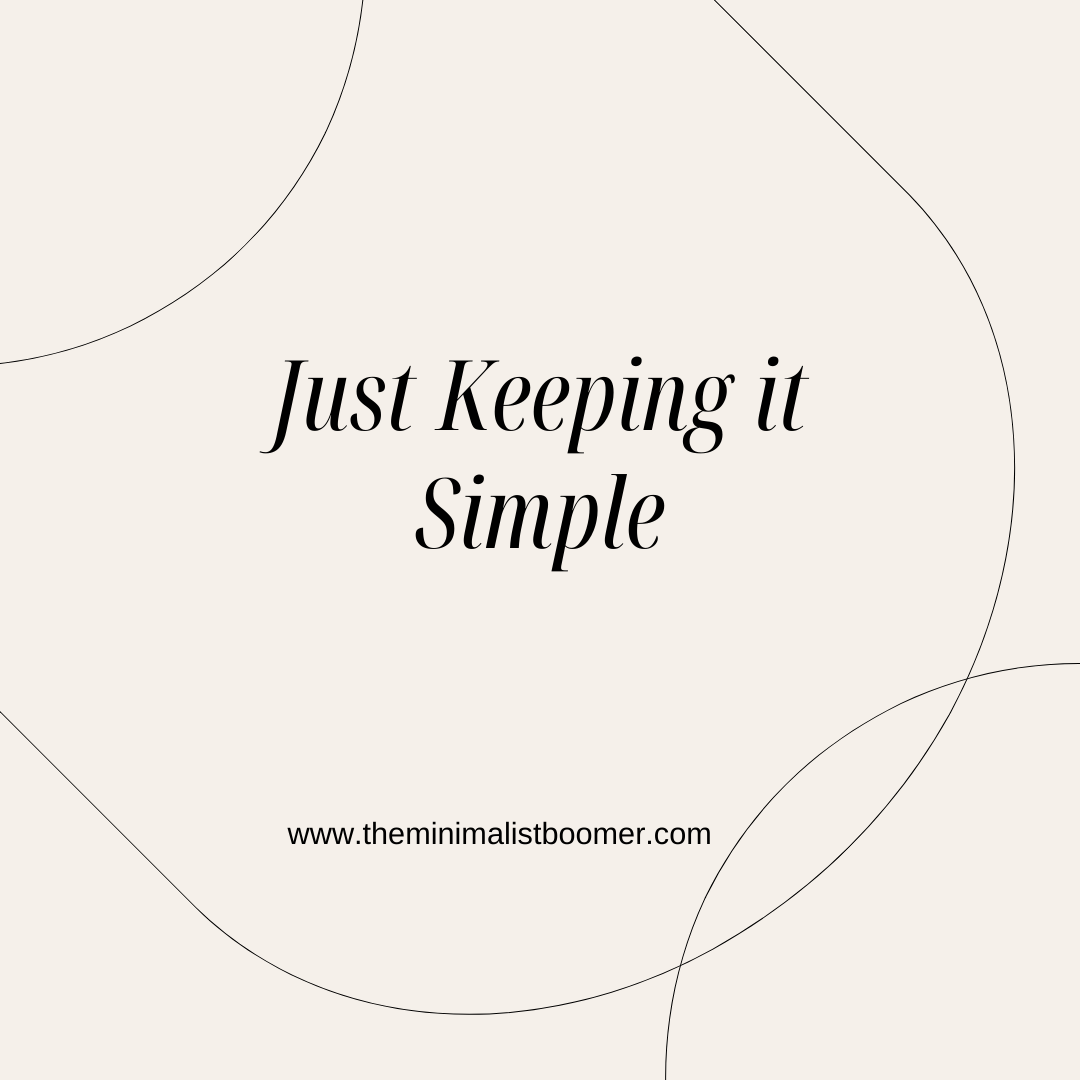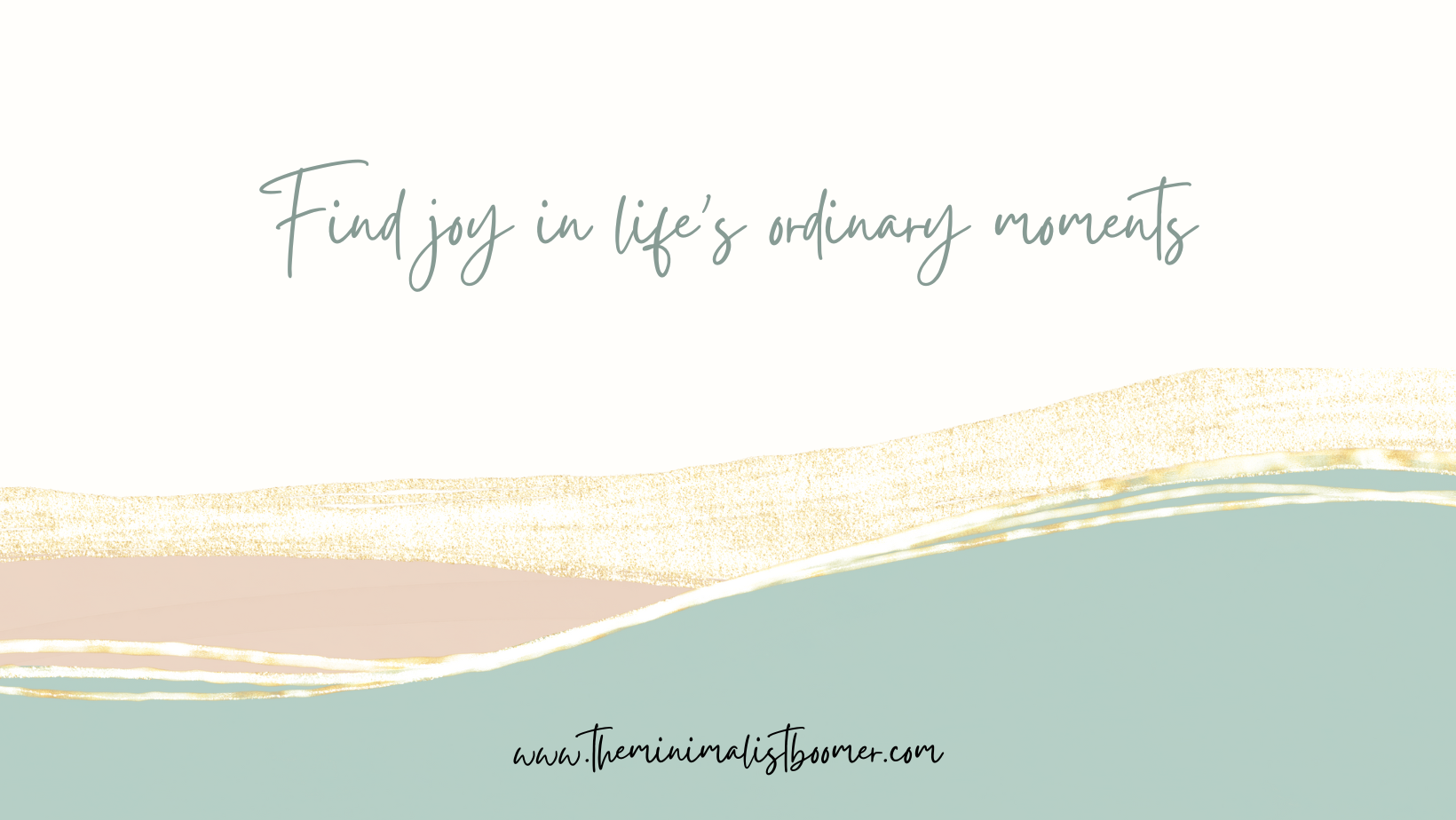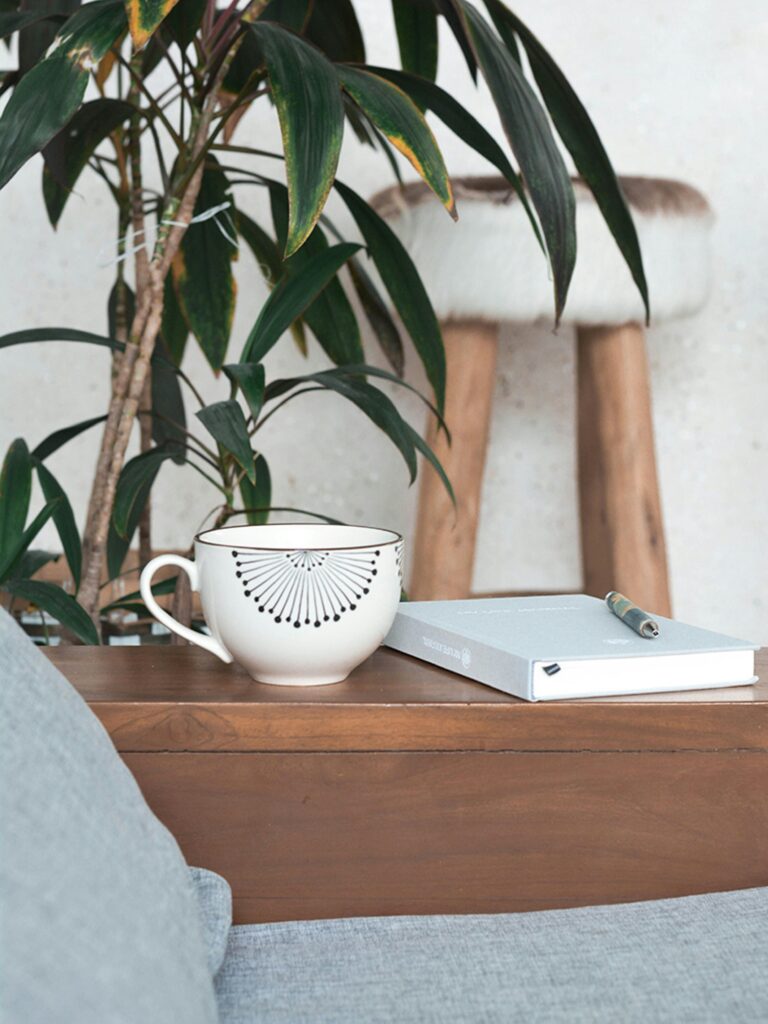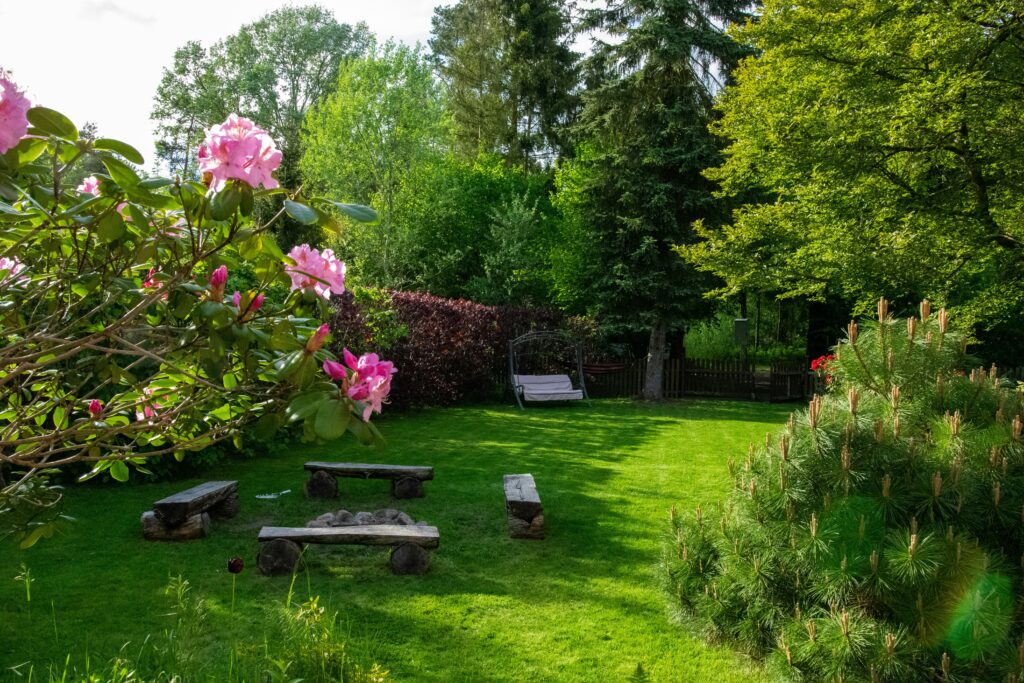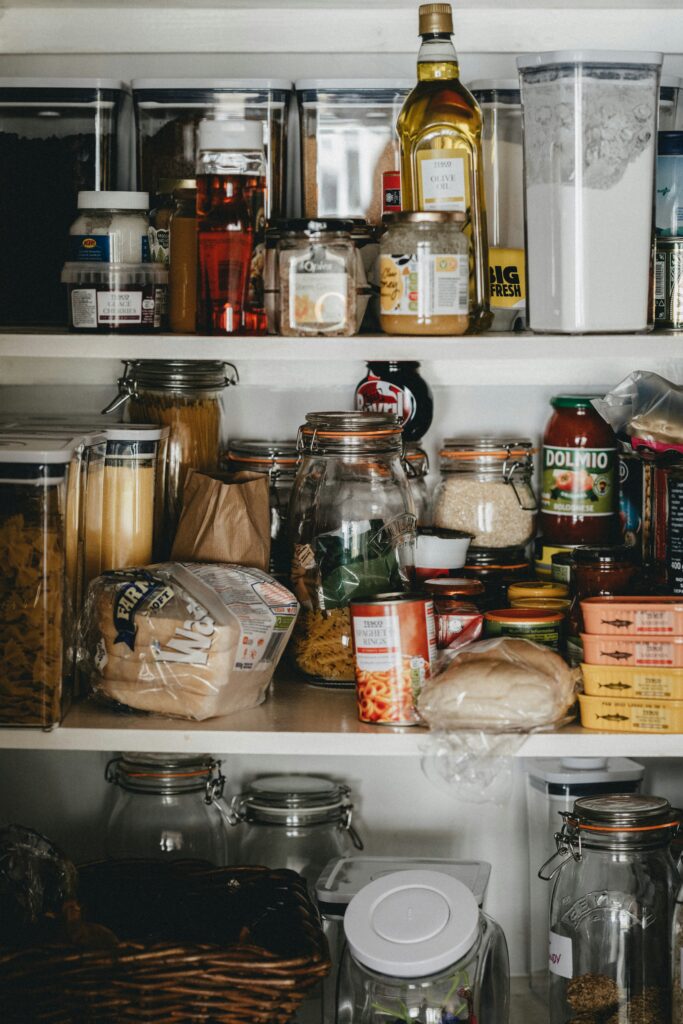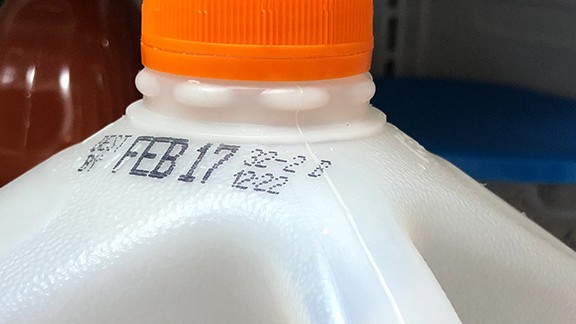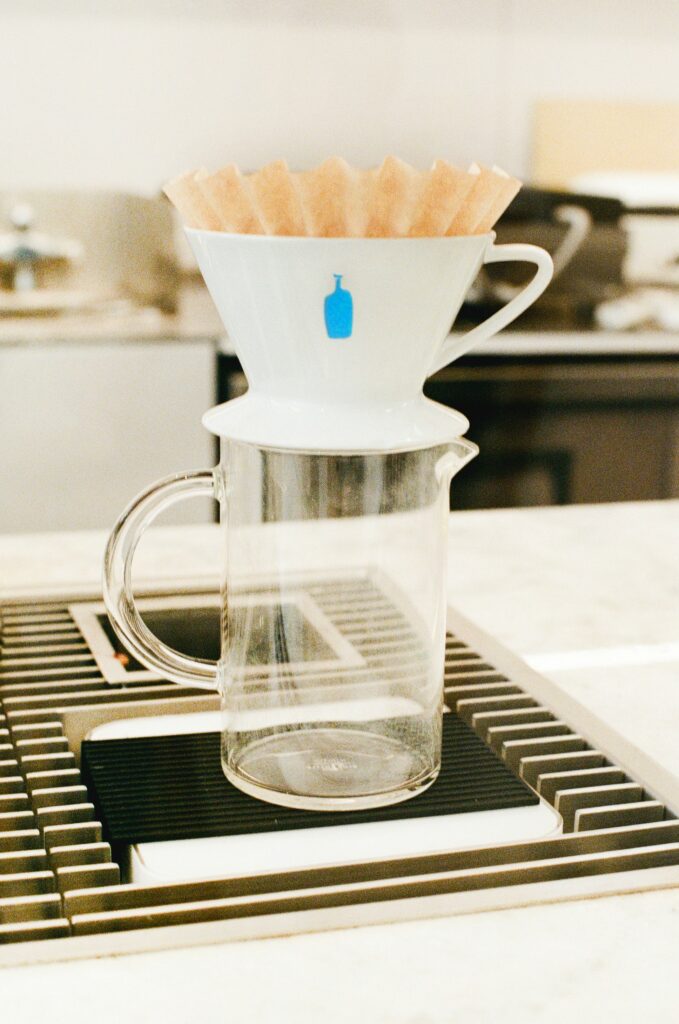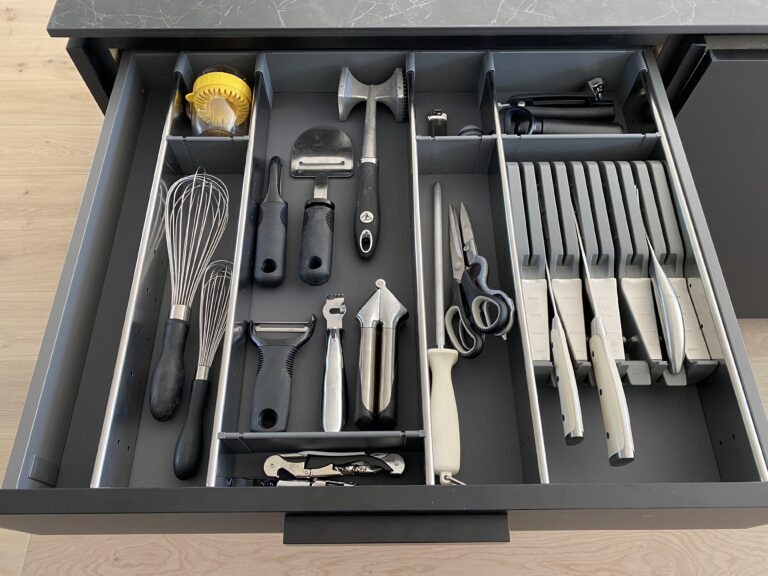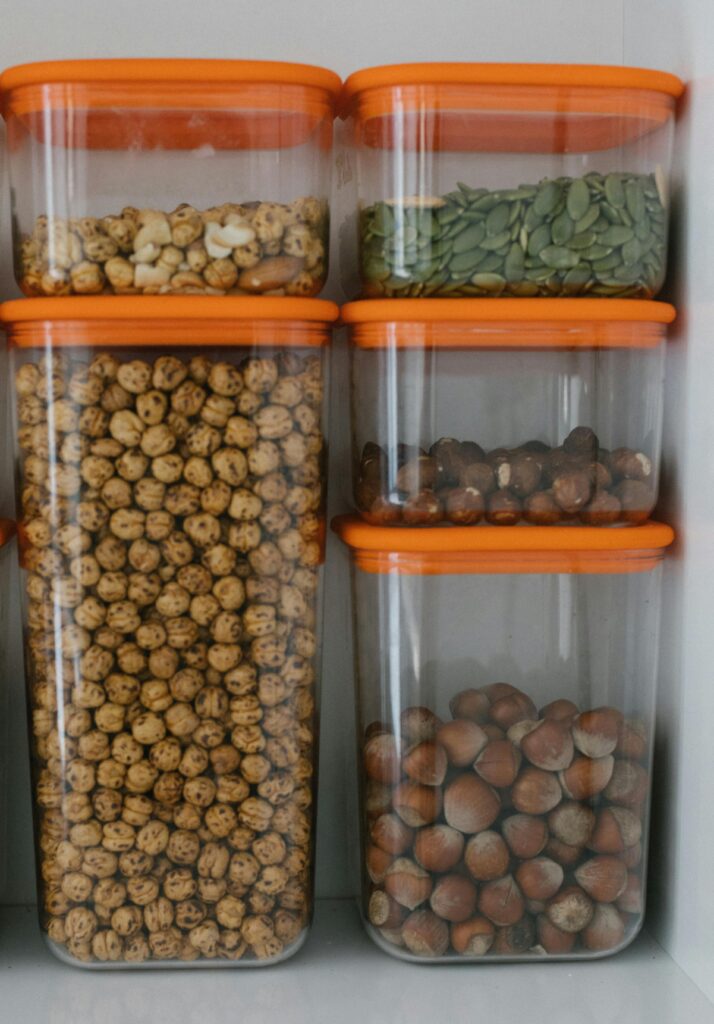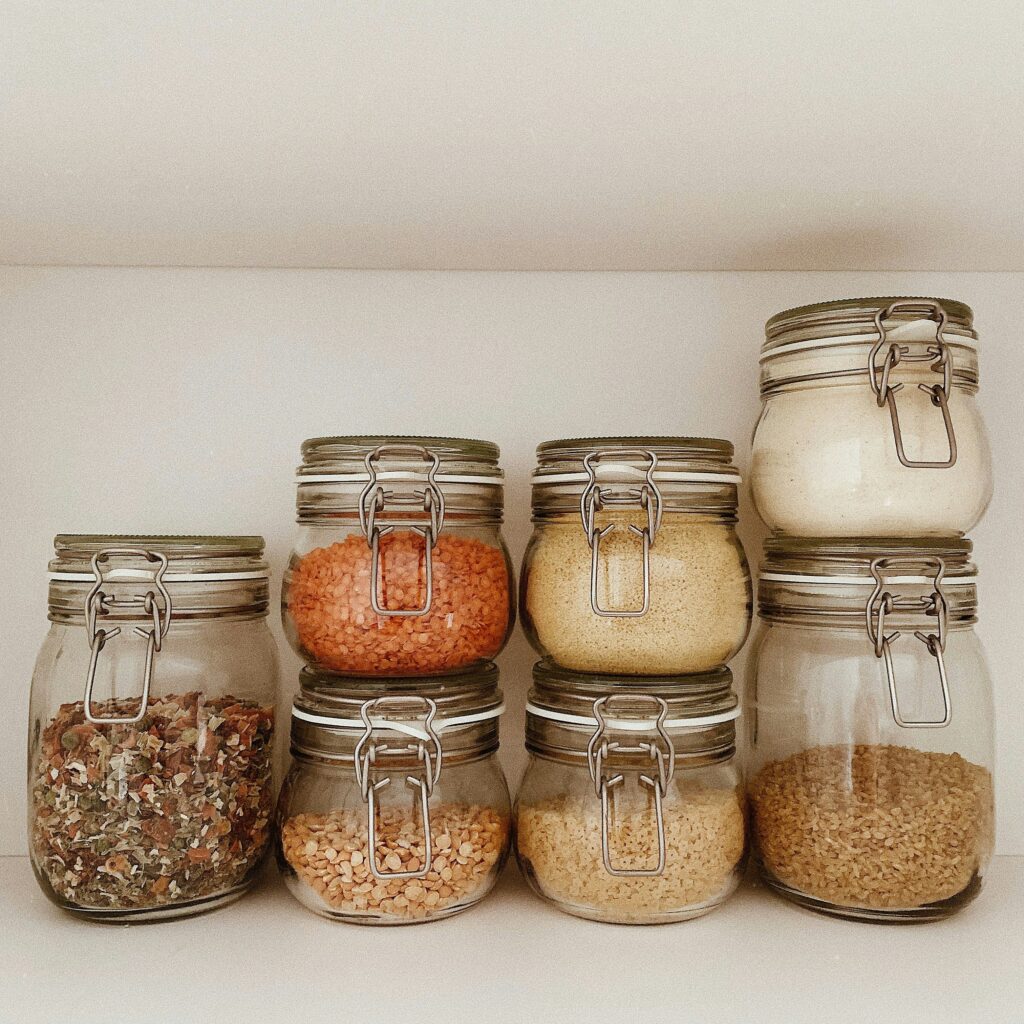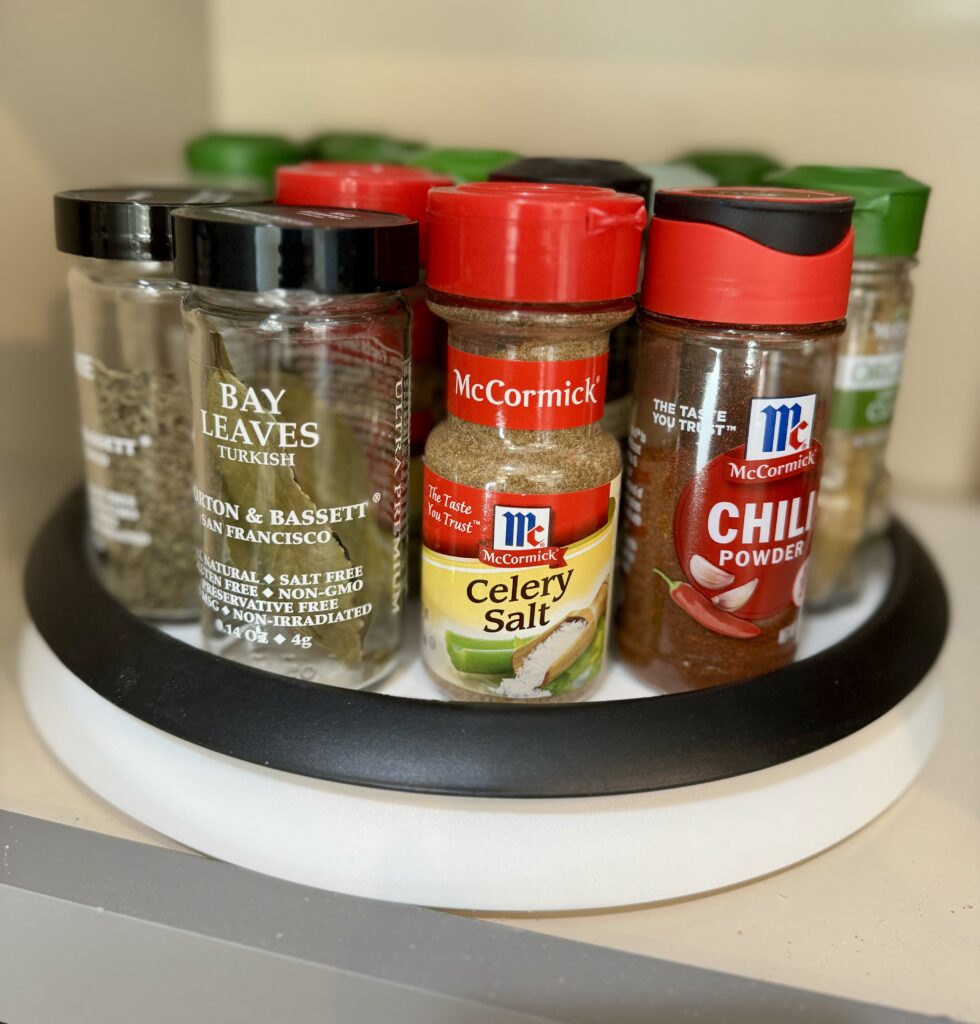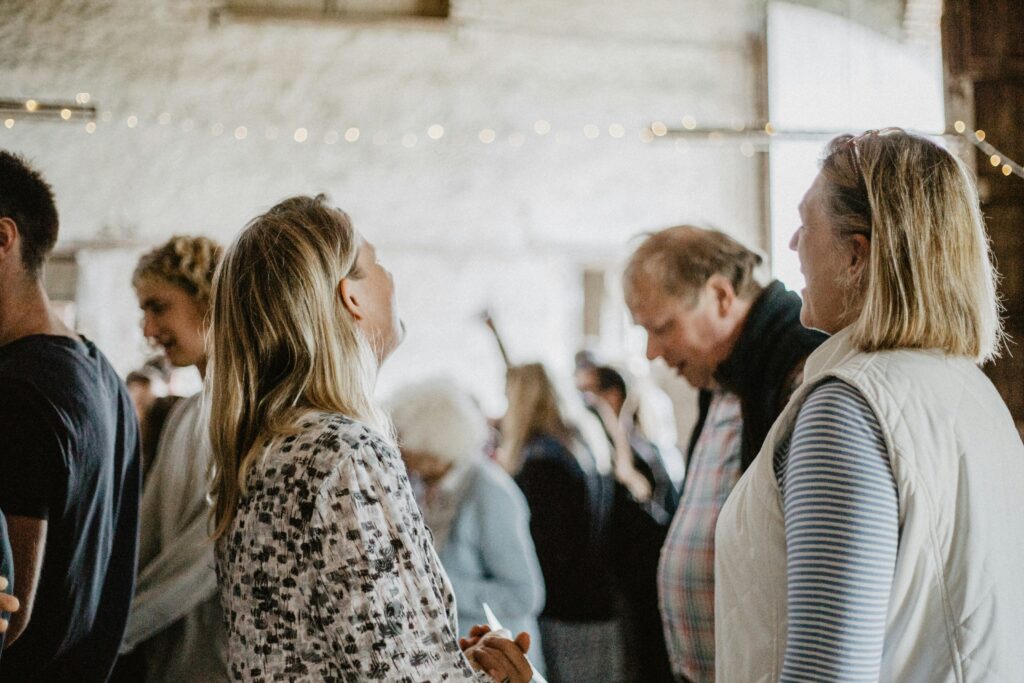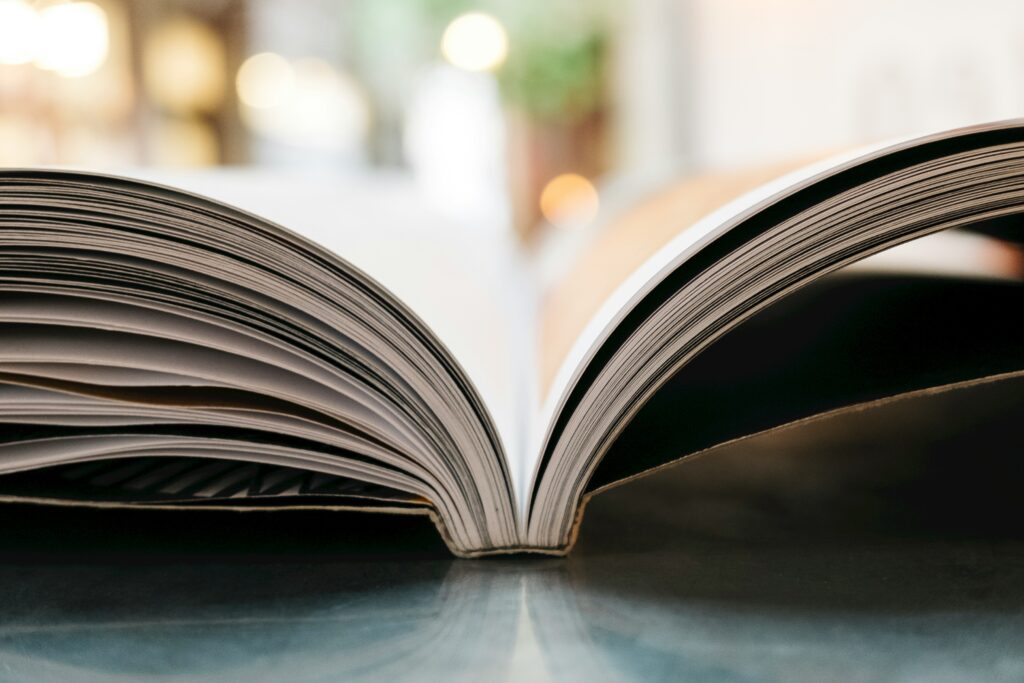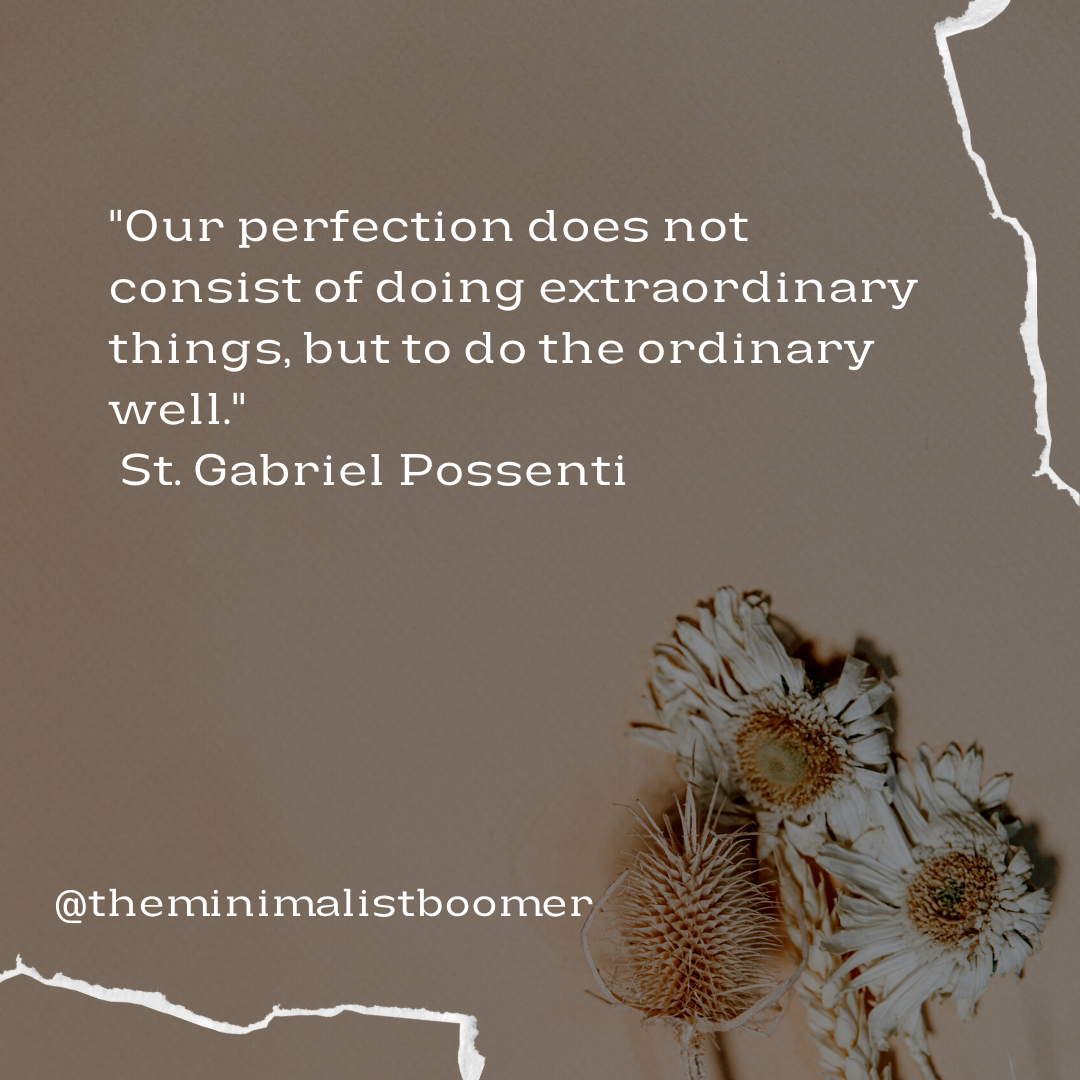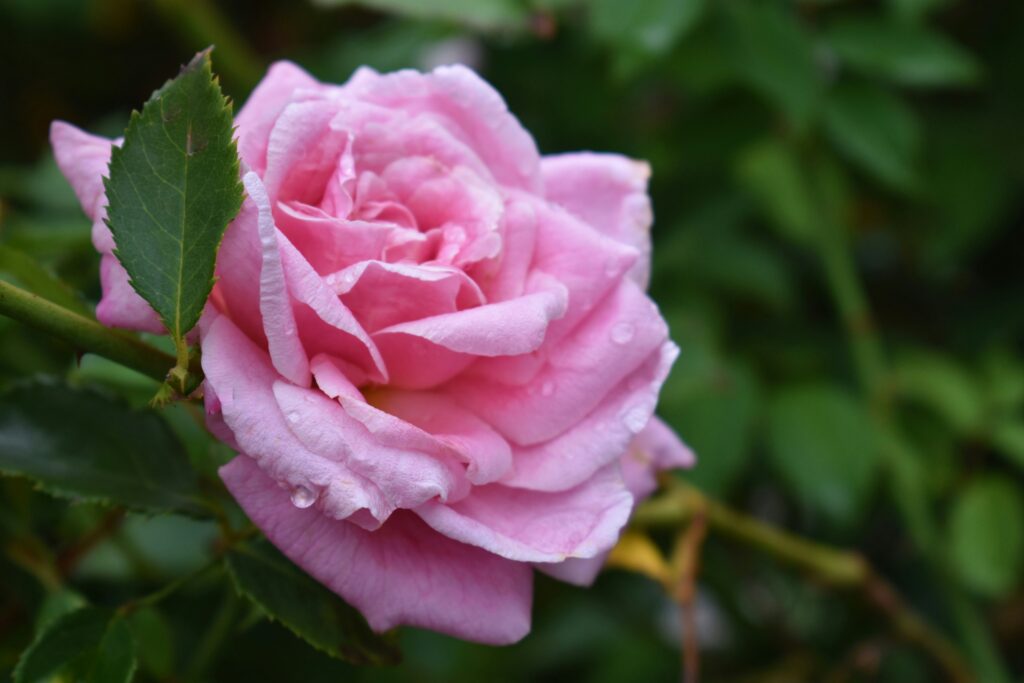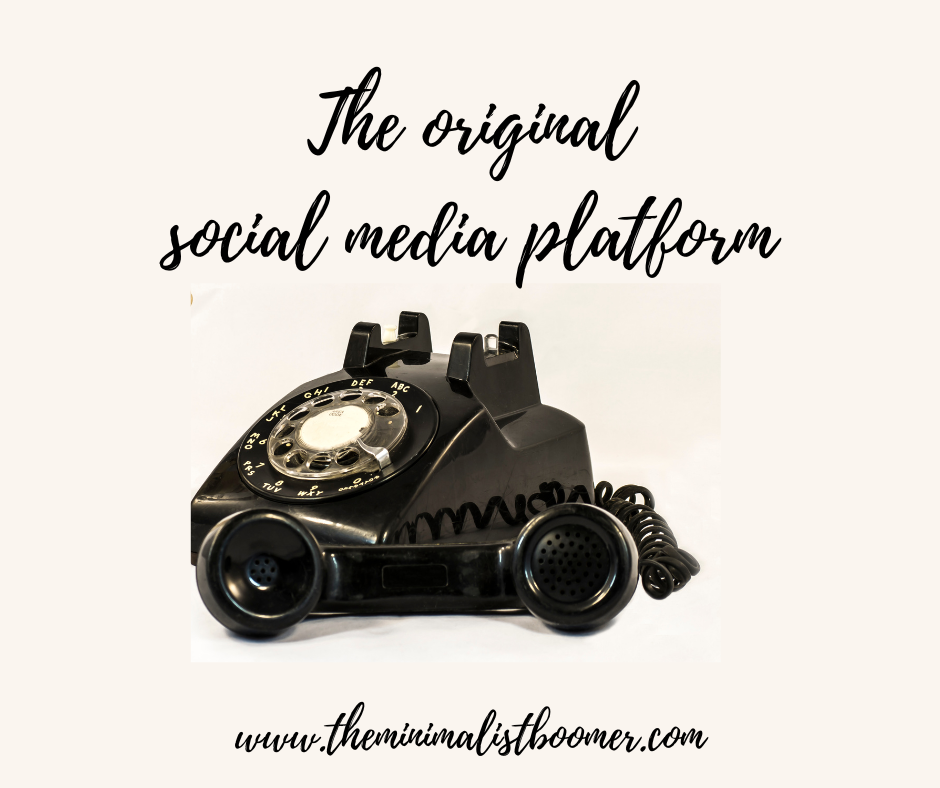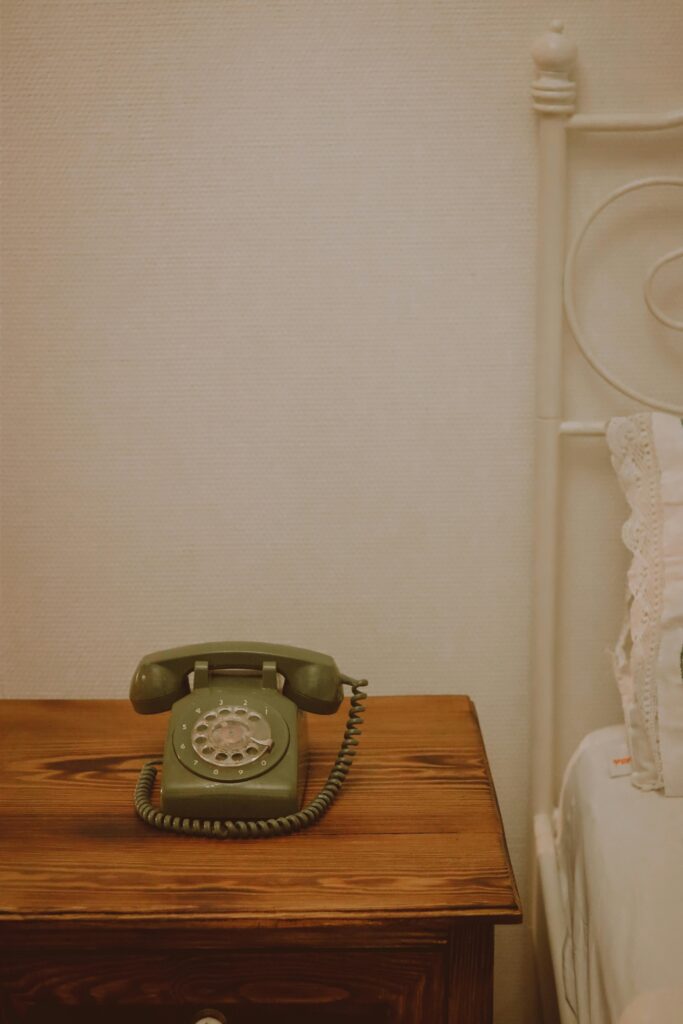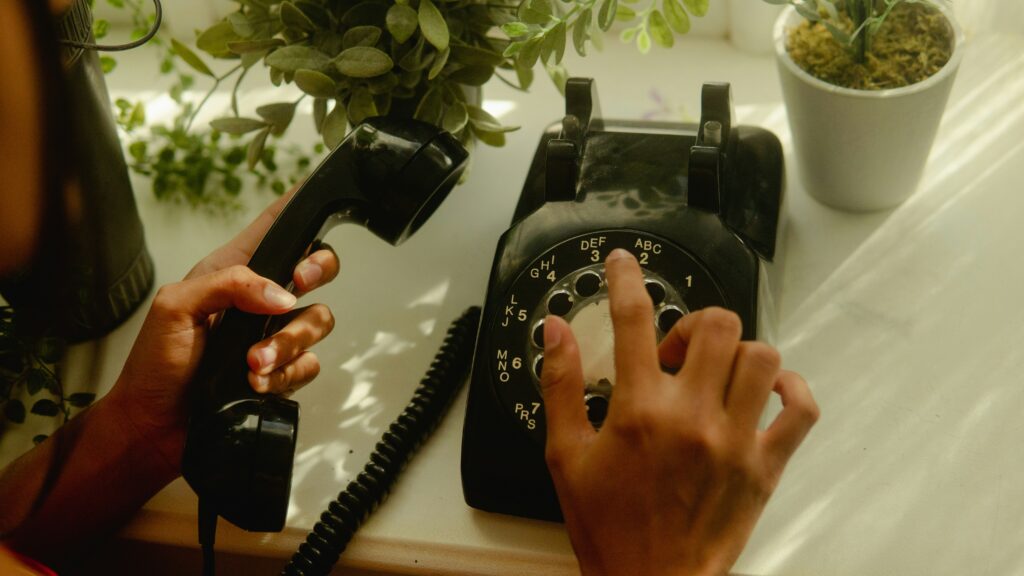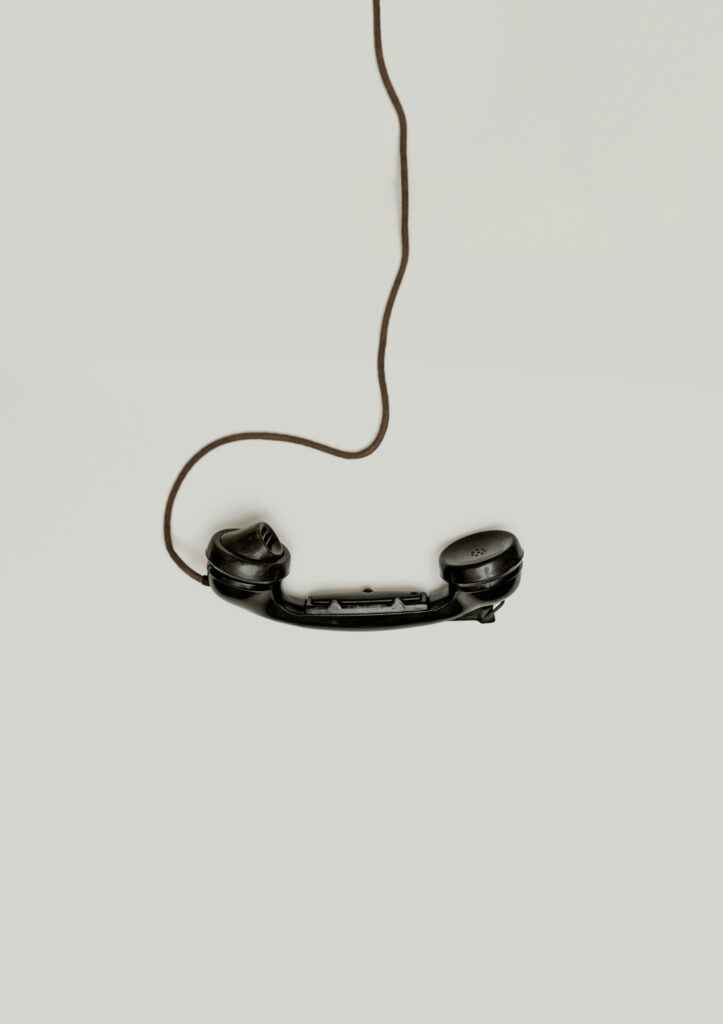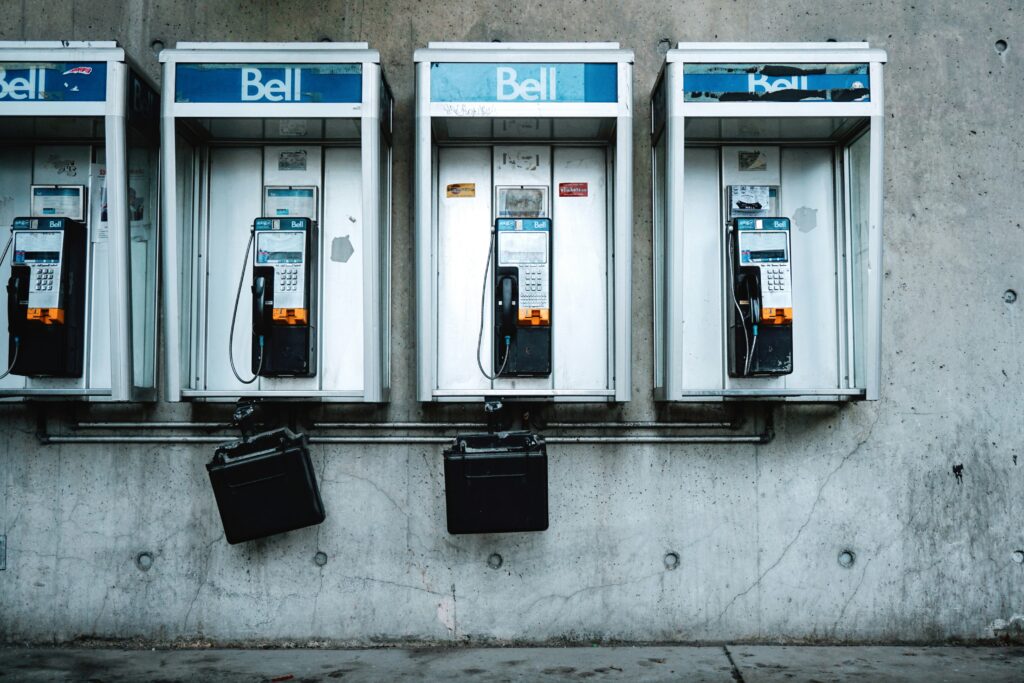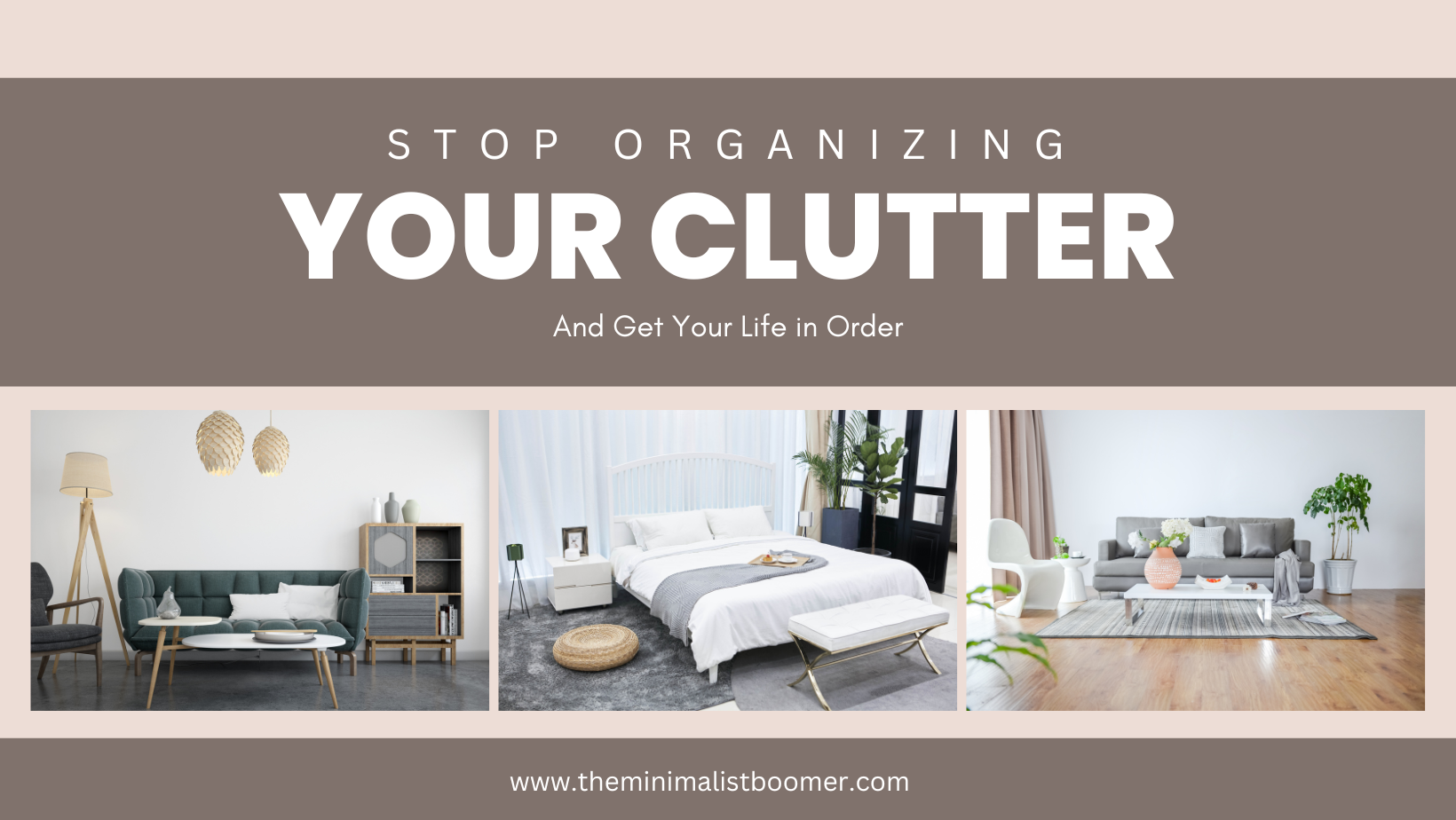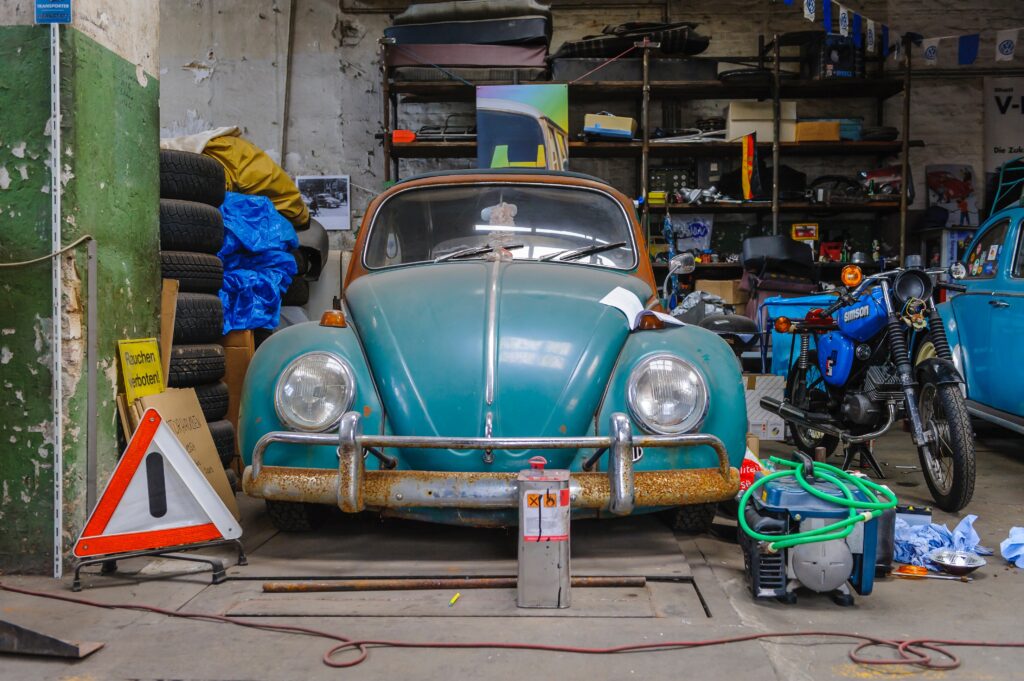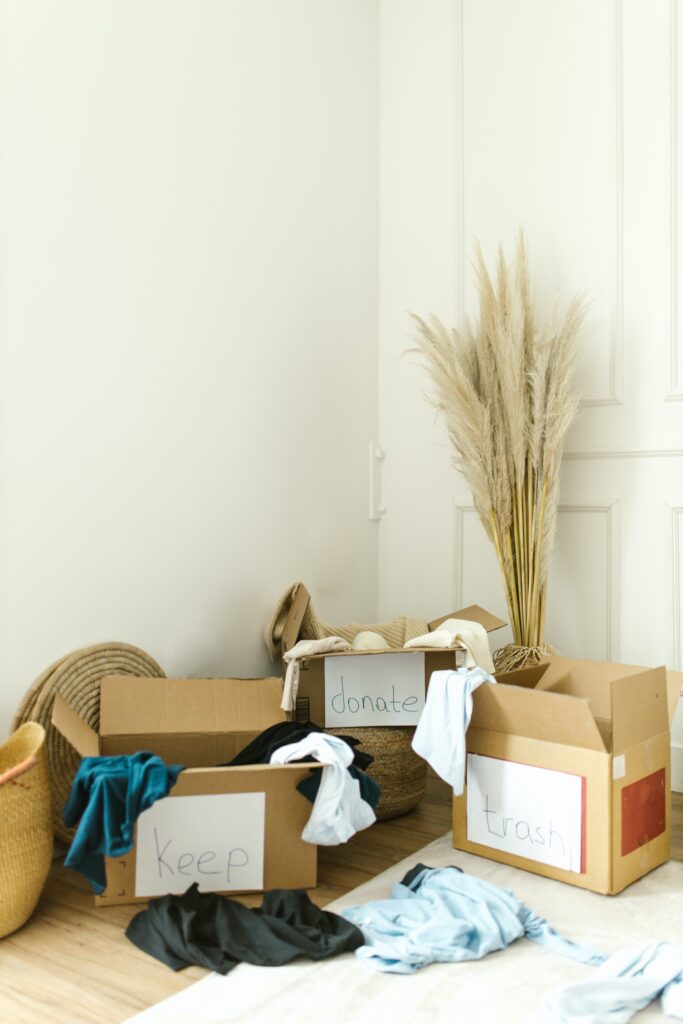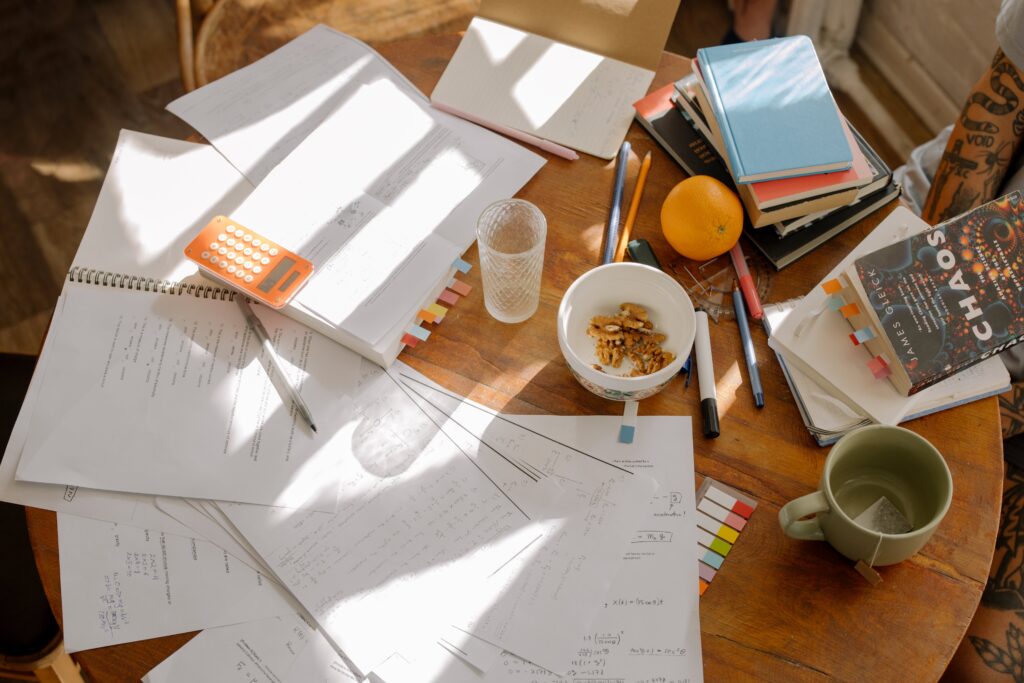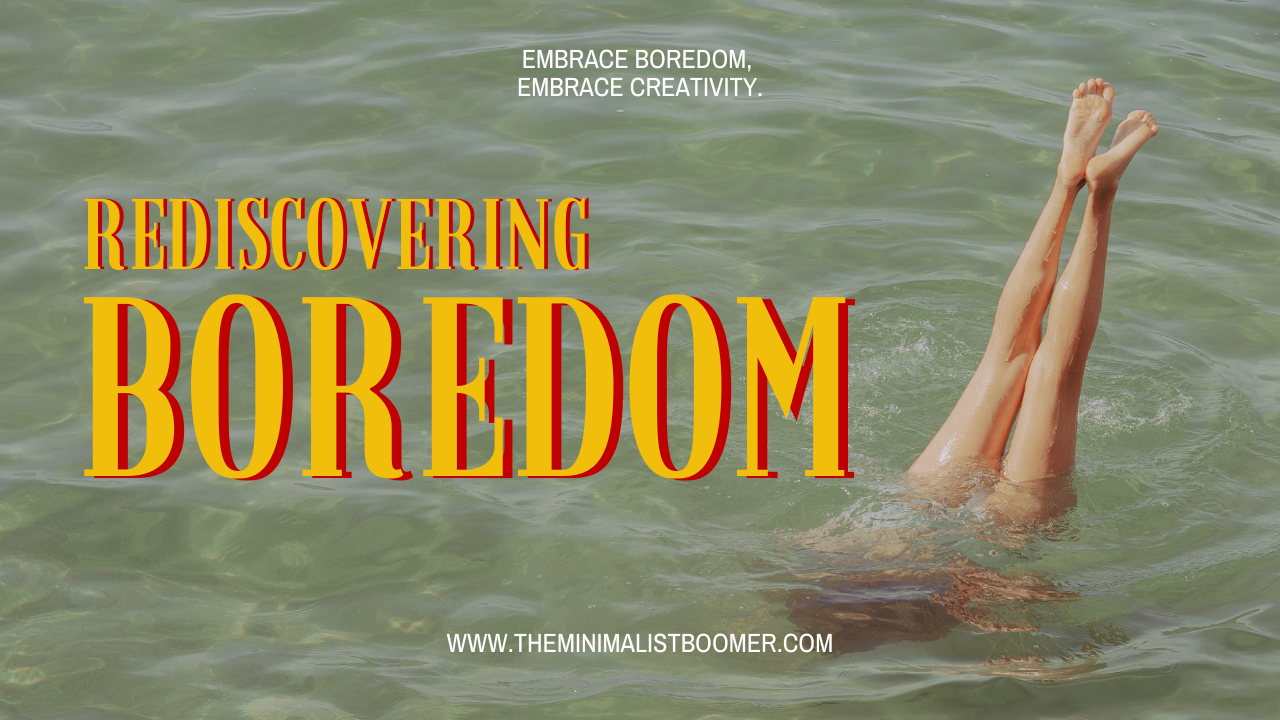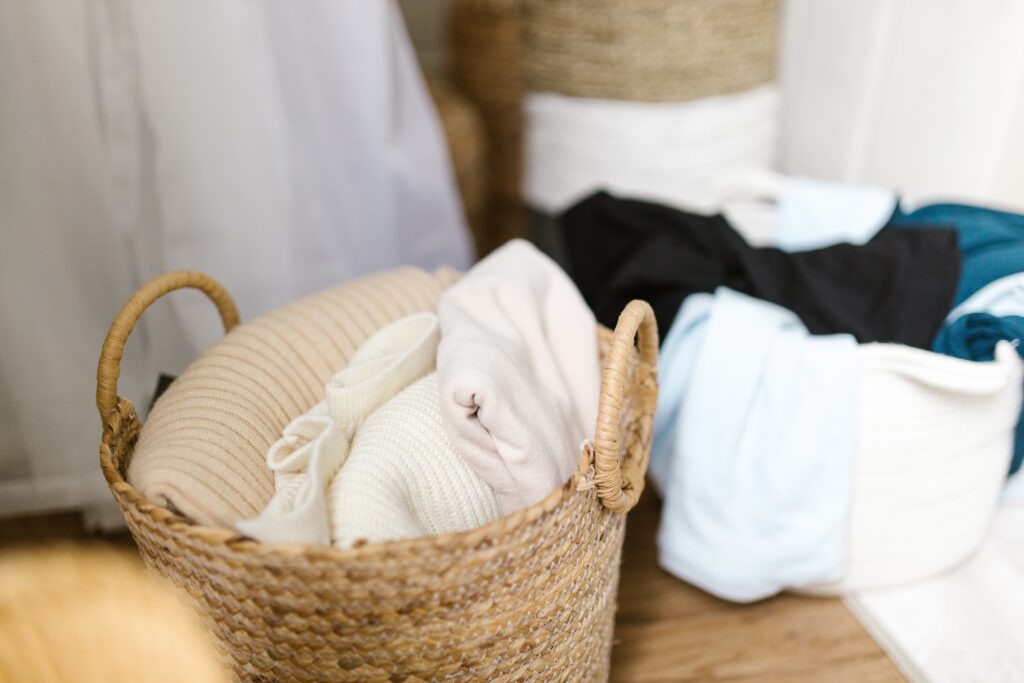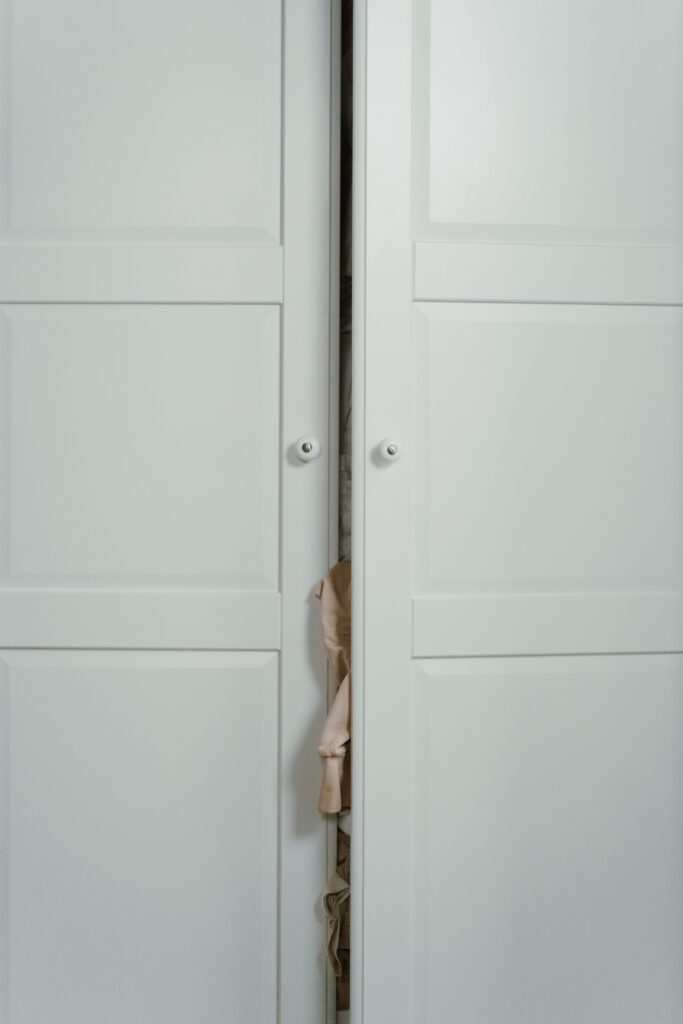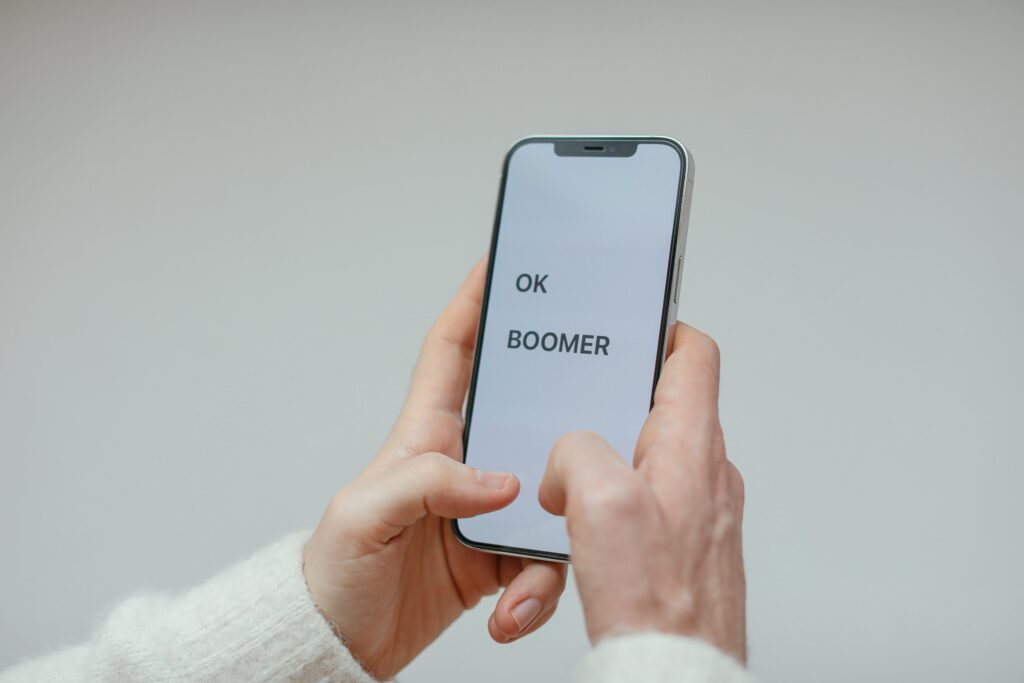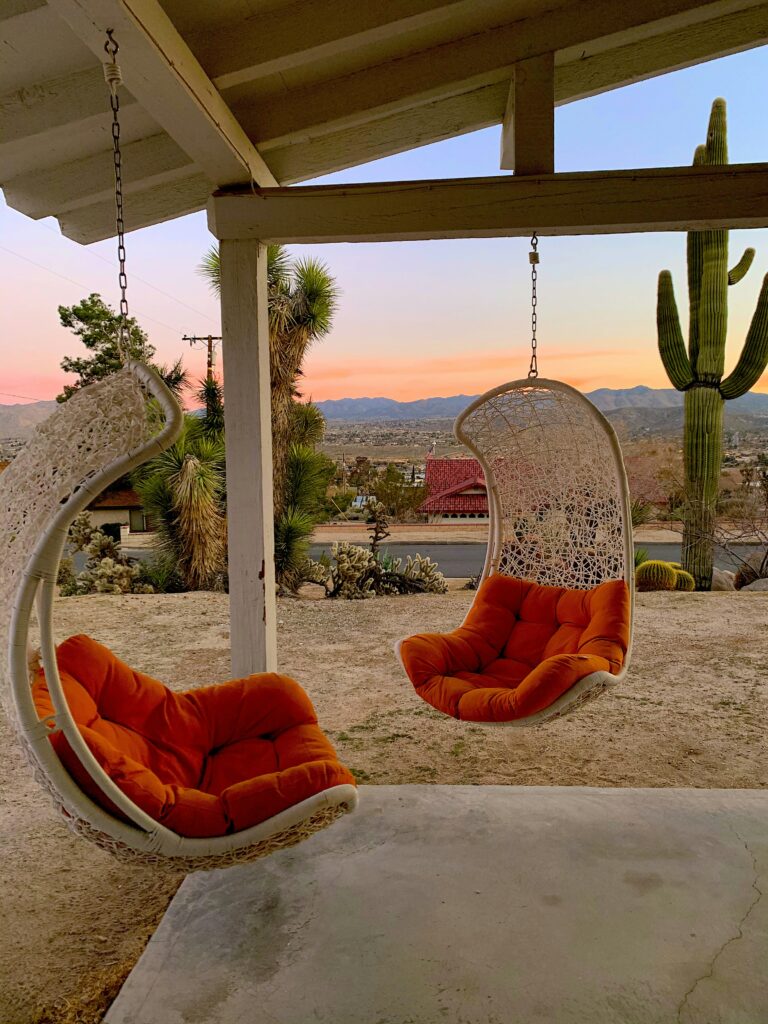Decluttering is often touted as the key to achieving a simpler, more fulfilling life. However, the journey toward minimalism and simple living is not always as straightforward as it seems. As I ponder the concept of decluttering, I am confronted with some common misconceptions that cloud the path to a lighter, more intentional lifestyle.
Society bombards us with images of perfectly designed minimalist spaces, tricking us into believing that there is a “right” way to embrace simplicity. But the essence of simple living lies in authenticity and individuality. It’s about freeing ourselves from the pressures of conforming to external standards and instead, embracing what brings us joy and purpose.
The urge to declutter and streamline our lives stems from a deep desire to break free from the shackles of consumerism and societal expectations. We yearn for a sense of calm amidst the chaos, for spaces that reflect our values and priorities. Join me as we explore the art of decluttering, not just our physical spaces, but also our minds and hearts, in pursuit of a more meaningful existence.
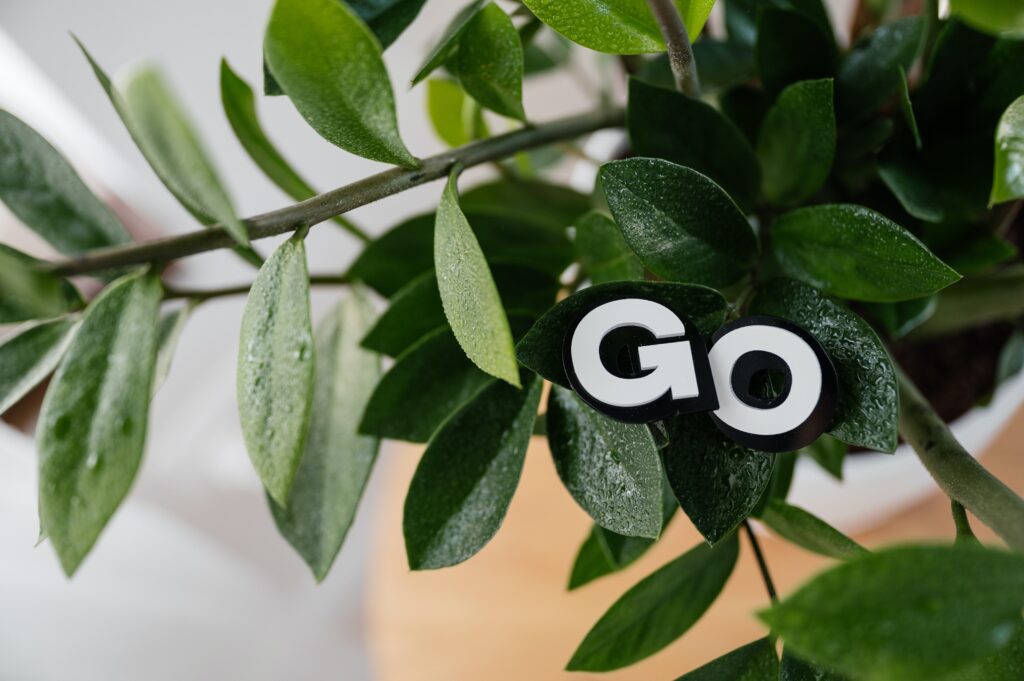
Challenging the Myth of Perfect Minimalism
Living a simple life isn’t about rigid rules or achieving a perfect state of minimalism. It’s a journey of self-discovery, mindful choices, and finding what really brings joy and fulfillment. Letting go of excess belongings goes beyond just physical clutter; it’s a mental and emotional decluttering process that can lead to a sense of liberation and clarity.
It’s not about the total number of “things” you own
Decluttering is more than just counting items or following strict guidelines. It’s about assessing what matters to you and making intentional decisions about what to keep and what to let go of. Start by decluttering one area at a time, whether it’s a drawer, a closet, or a room. Ask yourself if each item serves a purpose or brings you joy. Consider donating or selling things that no longer align with your values or goals.
The Freedom in Selective Minimalism
Simple living isn’t a one-size-fits-all concept; it’s about finding a balance that works for you. Selective minimalism allows you to select your possessions thoughtfully, keeping only what adds value to your life. Remember, it’s not about living with the least amount of stuff possible, but about surrounding yourself with things that enrich your life.
Embrace the freedom to define your own version of minimalism and let go of the pressure to conform to a strict ideal. Simplifying your life is a personal journey. Find what works for you and embrace the simplicity that brings you peace and contentment.
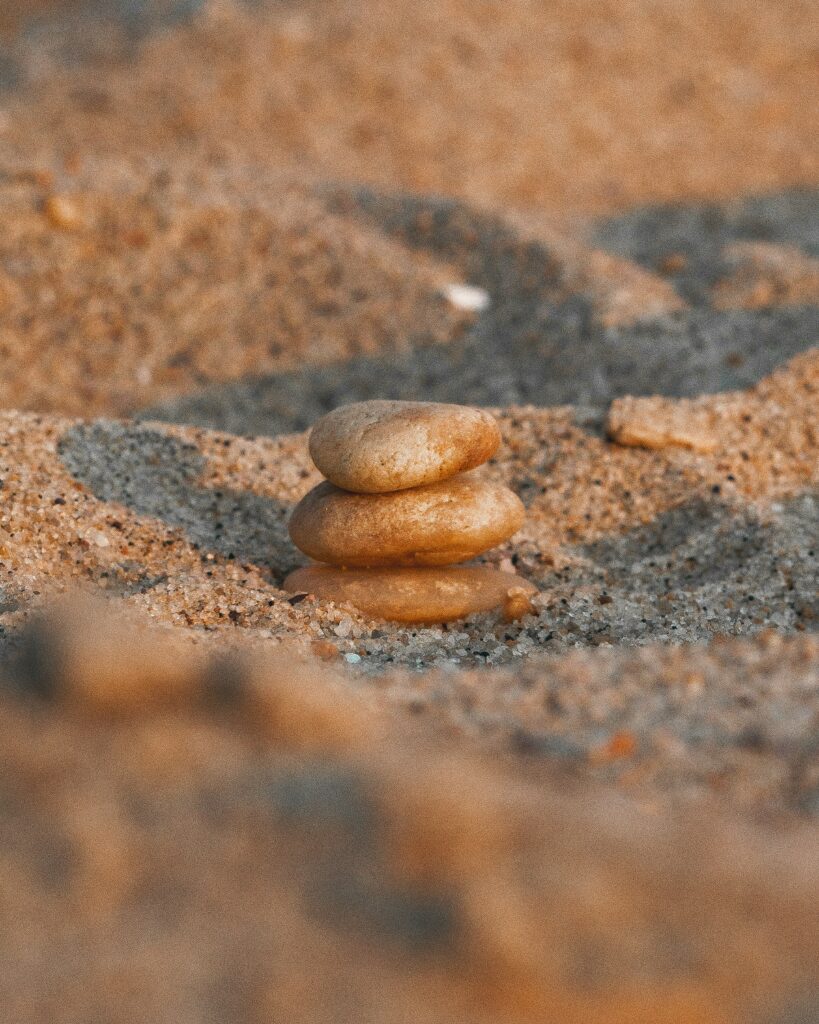
There’s not a “Right” or “Wrong” Path to Living a Simple Life
One of the most liberating aspects of simple living is that there is no one-size-fits-all approach. There’s no rulebook or checklist to follow. Instead, it’s about finding what brings us contentment and peace in our own lives. Whether we choose to focus on decluttering our physical space, simplifying our daily routines, or cutting back on digital distractions, the key is to do what feels right for us. Simple living is about creating a life that is meaningful and fulfilling, free from the pressures of comparison and perfectionism.
Flexibility in Simple Living Choices
In the realm of simple living, flexibility is key. By focusing on what adds genuine value to your life, you can create a sustainable and personalized approach to simplicity that doesn’t make you feel constrained or restricted. It’s essential to prioritize items and activities that enrich your life. This could mean keeping certain possessions that hold a special value or indulging in activities that recharge your spirit.
Finding Balance in the Simple Living Spectrum
Integrating simplicity into your daily routines can be a gradual process that starts with small, manageable changes. Consider decluttering one area of your home at a time or establishing mindful habits that promote a clutter-free environment. By aligning your actions with your values and consciously selecting what stays in your life, you can create a sense of equilibrium that honors both simplicity and comfort. Remember, there’s no definitive blueprint for living simply.
The essence of simple living lies not in adhering to external standards, but in aligning our actions with our unique values and aspirations. Embracing the mantra that “There is no ‘right’ way to simple living” liberates us from the shackles of comparison and invites us to embark on a decluttering journey that is truly our own.
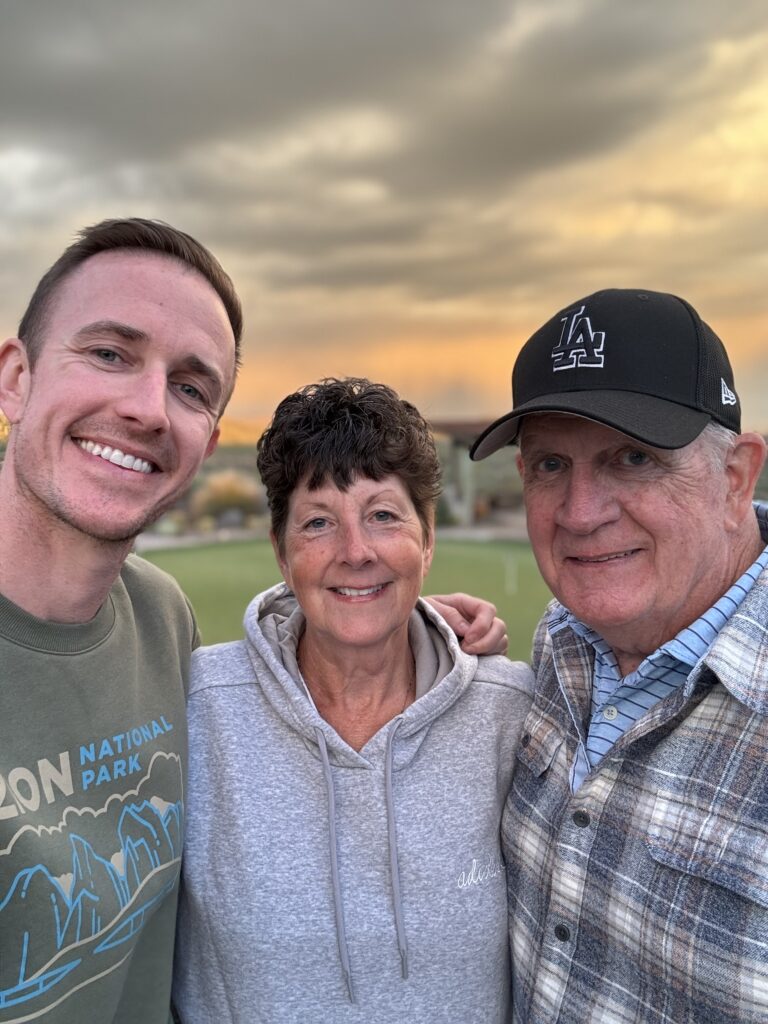
Let go of the pressure to conform to idealistic standards of simplicity. Instead, embrace the beauty of your individuality and craft a decluttering process that speaks to your heart. As you release the physical and emotional weight of excess, you make space for what matters most in your life. So, take a deep breath, trust in your own path, and step forward with the courage to create a simpler, more meaningful life that is authentically yours.

